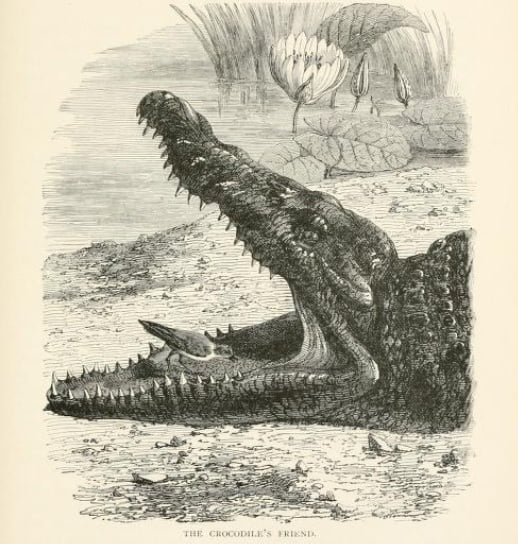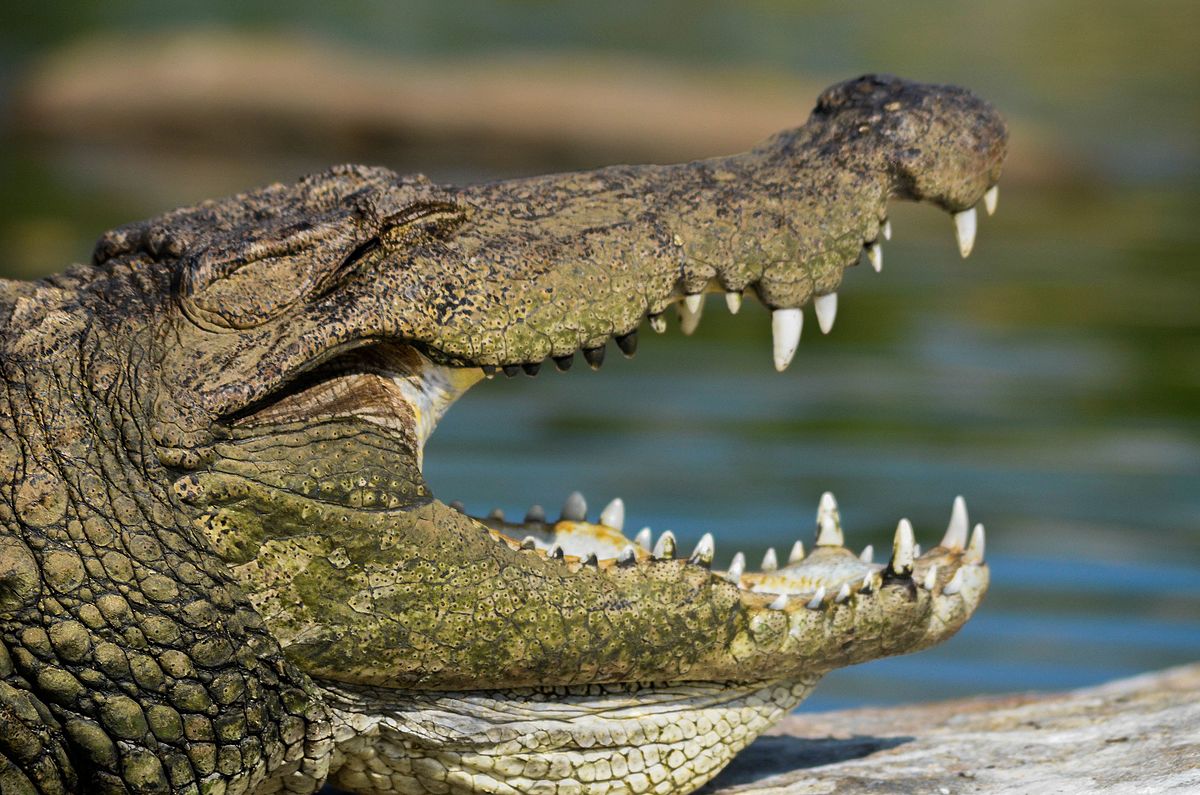According to popular belief, some species of African birds enter into symbiosis with crocodiles and become a kind of “dentists.” We checked whether such a partnership occurs in nature.
Although the story of this “friendship” goes back to Antiquity, in the post-Soviet space it is largely known thanks to cartoon about the Tari bird. In the story, a scary and evil crocodile never brushed his teeth because he had short legs. When his teeth hurt, other animals, whom the crocodile frightened and offended, did not want to help him. Only the bird Tari dared, she climbed into the open mouth of the crocodile, cleaned his teeth and pulled out the disease.
In the 5th century BC. e. about birds cleaning the mouth of a crocodile, told Herodotus. About the birds, which he calls with the mysterious word “trochilus,” the scientist writes: “Since the crocodile lives in water, its mouth is always full of leeches. Although all other birds and animals avoid the crocodile, they live in peace with the trochilus, because it owes a lot to this bird. When it comes out of the water onto land, it opens its mouth wide to meet the western breeze. At this time, Trochilus climbs into the mouth and pecks out leeches. The crocodile is happy and does not cause any harm to the bird.”
Following Herodotus, other authors began to write about the symbiosis of the crocodile and this bird. Rewriting an excerpt from his “History” and adding something of their own, they talked about the unusual “friendship” between animals Aristotle, Apuleius And Pliny the Elder. Herodotus did not leave a description of Trochilus - this forced scientists of the 19th and 20th centuries to puzzle over whether who exactly described by the “father of history.”
British zoologist and author of popular science books Henry Sherren published the book A Popular History of Animals in 1906. In the chapter on crocodiles he quotes Herodotus, emphasizing that the authenticity of his story was doubted for a long time, but confirmation has finally appeared. Sherren considered this to be the story of John Mason Cook, the son of Thomas Cook, the founder of one of the world's oldest travel agencies. Cook Jr. visited Egypt in 1876, where he saw “a bird flying into the open mouth of a crocodile (probably sleeping).” After this, the reptile closed its mouth, and after a minute or two it opened it again - and the unharmed bird flew out. Cook, along with zoologist Philip Sclater, subsequently identified the bird as a clawed lapwing. In Sherren's book, the story about the "crocodile's friend" is accompanied by a corresponding illustration.

Although many zoologists of that time were no less concerned about the question of the bird described by Herodotus than Sherren, they did not provide such evidence. Summarizing the works of scientists of the 19th and 20th centuries, American ornithologist and lapwing specialist Thomas Howell came to the conclusion, that most of his colleagues observed how various birds actually flew up to the crocodile and even its open mouth, but the story told by Cook is not confirmed. To a similar conclusion came Howell's colleagues at the University of Wisconsin: "Extensive observations of Nile crocodiles in regular or occasional association with various species of potential cleaners... have resulted in only a few reports of waders removing leeches from their mouths and gular scutes, and grasping insects while the reptile is moving." In other words, behavior similar to the Tari bird has not yet been recorded in wildlife.
Crocodile specialists emphasizethat the crocodile does not actually need any “dental” services. Firstly, a reptile changes up to 3,000 teeth during its life, so there is no need to care for them in any way. Secondly, the distance between the teeth of an adult crocodile is so great that, in principle, food debris cannot get stuck between them. Thirdly, the crocodile’s mouth contains very sensitive receptors, and it will reflexively slam shut even from a slight touch. Although you can find quite popular on YouTube video, in which birds climb into the open mouth of a crocodile and brush its teeth, you should not believe it - this is just the first half of a video created using computer graphics and advertising chewing gum.
Mostly lies
- https://cyberleninka.ru/article/n/o-kormyozhke-ptits-v-pasti-nilskogo-krokodila-crocodylus-niloticus-kratkiy-obzor/viewer
- https://nat-geo.ru/fact/krokodiliy-stomatolog/
If you find a spelling or grammatical error, please let us know by highlighting the error text and clicking Ctrl+Enter.







